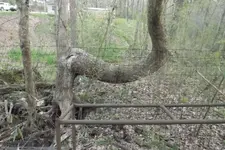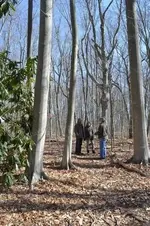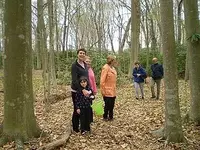TrpnBils
Hero Member
- Joined
- Jan 2, 2005
- Messages
- 870
- Reaction score
- 1,234
- Golden Thread
- 1
- Location
- Western PA
- 🥇 Banner finds
- 1
- 🏆 Honorable Mentions:
- 1
- Detector(s) used
- CTX 3030
- Primary Interest:
- Metal Detecting
I never even knew there was such a thing until I saw an article on these a few days ago. I lived in a very rural area on Western PA growing up and we'd occasionally come across some very "bent" large trees. I have to assume they can grow like this naturally if something disrupts their normal growth, but it got me wondering.... are actual trail trees extremely rare, or are they around and nobody knows what they are when they see them? Are they more common in certain regions?
Upvote
0





